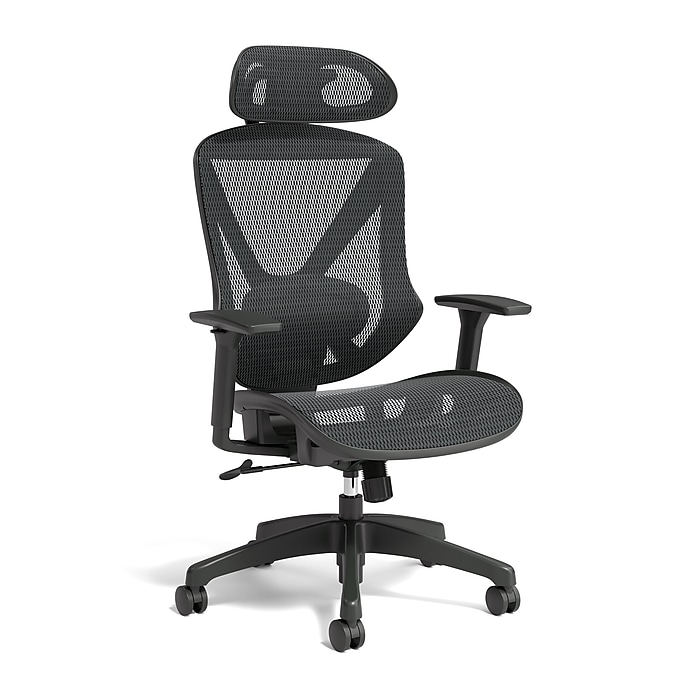Rattan Conversation Loveseat with Glass Top Table
This Rattan Conversation Loveseat with Glass Top Table patio furniture set is made of excellent rattan and a superior steel frame. Featuring a wide armrest and high backrest in a compact design. The table with a tempered glass top is large enough for books, cups, and so on.
This Rattan Conversation Loveseat with Glass Top Table patio furniture set is made of excellent rattan and a superior steel frame. Featuring a wide armrest and high backrest in a compact design. The table with a tempered glass top is large enough for books, cups, and so on.
- Rugged steel frame
- High-quality rattan
- Tempered glass table top
- Soft seat cushions
- Zippered cover is removable and washable
- Ergonomic design
- Stable non-slip feet
- Unique and chic style
- Easy to assemble
Additional information
| What's in the Box? | Rattan Conversation Loveseat with Glass Top Table |
|---|---|
| Overall Dimensions | 54.5" (L) x 24" (W) x 33.5" (H) |
| Net Weight | 31 pounds |
| Weight Capacity of Each Seat | 355 pounds |
| Table Weight Capacity | 65 pounds |
| Warranty | 30 Day Warranty |






Reviews
There are no reviews yet.